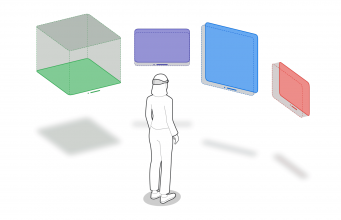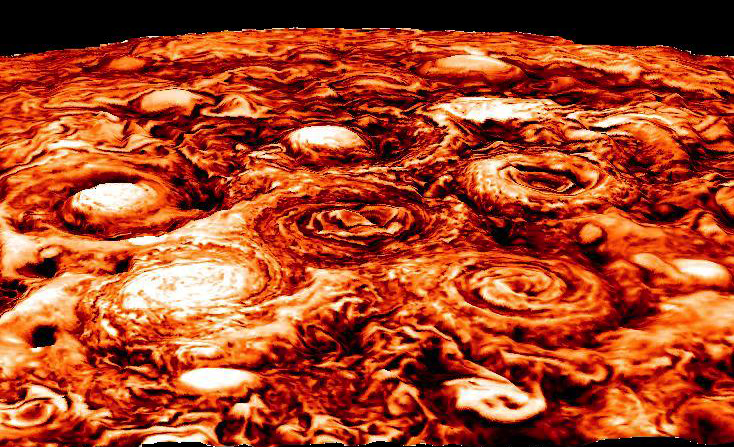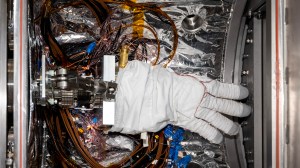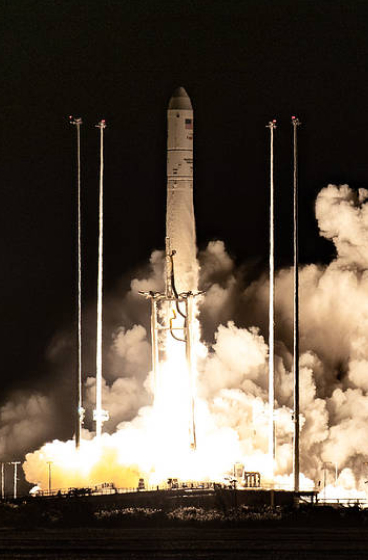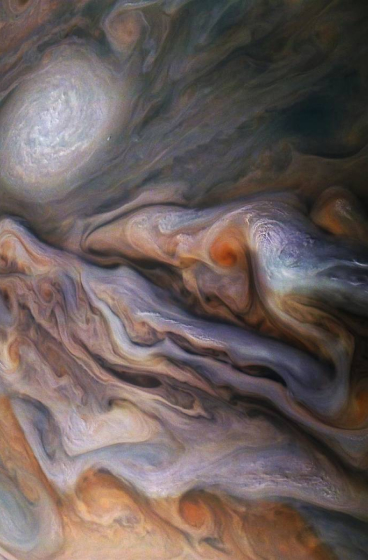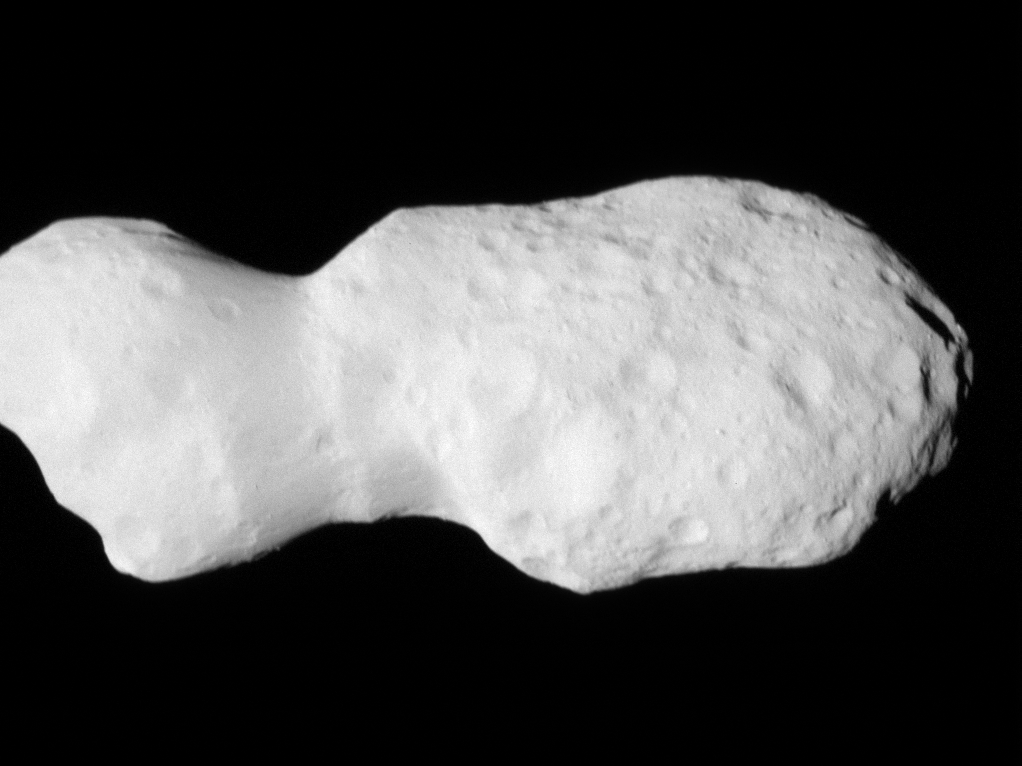NASA’s Juno Mission Gets Under Jupiter’s and Io’s Surface
New data from the agency’s Jovian orbiter sheds light on the fierce winds and cyclones of the gas giant’s northern reaches and volcanic action on its fiery moon. NASA’s Juno mission has gathered new findings after peering below Jupiter’s cloud-covered atmosphere and the surface of its fiery moon, Io. Not only has the data helped […]
6 min read
Preparations for Next Moonwalk Simulations Underway (and Underwater)

New data from the agency’s Jovian orbiter sheds light on the fierce winds and cyclones of the gas giant’s northern reaches and volcanic action on its fiery moon.
NASA’s Juno mission has gathered new findings after peering below Jupiter’s cloud-covered atmosphere and the surface of its fiery moon, Io. Not only has the data helped develop a new model to better understand the fast-moving jet stream that encircles Jupiter’s cyclone-festooned north pole, it’s also revealed for the first time the subsurface temperature profile of Io, providing insights into the moon’s inner structure and volcanic activity.
Team members presented the findings during a news briefing in Vienna on Tuesday, April 29, at the European Geosciences Union General Assembly.
“Everything about Jupiter is extreme. The planet is home to gigantic polar cyclones bigger than Australia, fierce jet streams, the most volcanic body in our solar system, the most powerful aurora, and the harshest radiation belts,” said Scott Bolton, principal investigator of Juno at the Southwest Research Institute in San Antonio. “As Juno’s orbit takes us to new regions of Jupiter’s complex system, we’re getting a closer look at the immensity of energy this gas giant wields.”
Lunar Radiator
While Juno’s microwave radiometer (MWR) was designed to peer beneath Jupiter’s cloud tops, the team has also trained the instrument on Io, combining its data with Jovian Infrared Auroral Mapper (JIRAM) data for deeper insights.
“The Juno science team loves to combine very different datasets from very different instruments and see what we can learn,” said Shannon Brown, a Juno scientist at NASA’s Jet Propulsion Laboratory in Southern California. “When we incorporated the MWR data with JIRAM’s infrared imagery, we were surprised by what we saw: evidence of still-warm magma that hasn’t yet solidified below Io’s cooled crust. At every latitude and longitude, there were cooling lava flows.”
The data suggests that about 10% of the moon’s surface has these remnants of slowly cooling lava just below the surface. The result may help provide insight into how the moon renews its surface so quickly as well as how as well as how heat moves from its deep interior to the surface.
“Io’s volcanos, lava fields, and subterranean lava flows act like a car radiator,” said Brown, “efficiently moving heat from the interior to the surface, cooling itself down in the vacuum of space.”
Looking at JIRAM data alone, the team also determined that the most energetic eruption in Io’s history (first identified by the infrared imager during Juno’s Dec. 27, 2024, Io flyby) was still spewing lava and ash as recently as March 2. Juno mission scientists believe it remains active today and expect more observations on May 6, when the solar-powered spacecraft flies by the fiery moon at a distance of about 55,300 miles (89,000 kilometers).
Colder Climes
On its 53rd orbit (Feb 18, 2023), Juno began radio occultation experiments to explore the gas giant’s atmospheric temperature structure. With this technique, a radio signal is transmitted from Earth to Juno and back, passing through Jupiter’s atmosphere on both legs of the journey. As the planet’s atmospheric layers bend the radio waves, scientists can precisely measure the effects of this refraction to derive detailed information about the temperature and density of the atmosphere.
So far, Juno has completed 26 radio occultation soundings. Among the most compelling discoveries: the first-ever temperature measurement of Jupiter’s north polar stratospheric cap reveals the region is about 11 degrees Celsius cooler than its surroundings and is encircled by winds exceeding 100 mph (161 kph).
Polar Cyclones
The team’s recent findings also focus on the cyclones that haunt Jupiter’s north. Years of data from the JunoCam visible light imager and JIRAM have allowed Juno scientists to observe the long-term movement of Jupiter’s massive northern polar cyclone and the eight cyclones that encircle it. Unlike hurricanes on Earth, which typically occur in isolation and at lower latitudes, Jupiter’s are confined to the polar region.
By tracking the cyclones’ movements across multiple orbits, the scientists observed that each storm gradually drifts toward the pole due to a process called “beta drift” (the interaction between the Coriolis force and the cyclone’s circular wind pattern). This is similar to how hurricanes on our planet migrate, but Earthly cyclones break up before reaching the pole due to the lack of warm, moist air needed to fuel them, as well as the weakening of the Coriolis force near the poles. What’s more, Jupiter’s cyclones cluster together while approaching the pole, and their motion slows as they begin interacting with neighboring cyclones.
“These competing forces result in the cyclones ‘bouncing’ off one another in a manner reminiscent of springs in a mechanical system,” said Yohai Kaspi, a Juno co-investigator from the Weizmann Institute of Science in Israel. “This interaction not only stabilizes the entire configuration, but also causes the cyclones to oscillate around their central positions, as they slowly drift westward, clockwise, around the pole.”
The new atmospheric model helps explain the motion of cyclones not only on Jupiter, but potentially on other planets, including Earth.
“One of the great things about Juno is its orbit is ever-changing, which means we get a new vantage point each time as we perform a science flyby,” said Bolton. “In the extended mission, that means we’re continuing to go where no spacecraft has gone before, including spending more time in the strongest planetary radiation belts in the solar system. It’s a little scary, but we’ve built Juno like a tank and are learning more about this intense environment each time we go through it.”
More About Juno
NASA’s Jet Propulsion Laboratory, a division of Caltech in Pasadena, California, manages the Juno mission for the principal investigator, Scott Bolton, of the Southwest Research Institute in San Antonio. Juno is part of NASA’s New Frontiers Program, which is managed at NASA’s Marshall Space Flight Center in Huntsville, Alabama, for the agency’s Science Mission Directorate in Washington. The Italian Space Agency funded the Jovian InfraRed Auroral Mapper. Lockheed Martin Space in Denver built and operates the spacecraft. Various other institutions around the U.S. provided several of the other scientific instruments on Juno.
More information about Juno is at: https://www.nasa.gov/juno
News Media Contacts
DC Agle
Jet Propulsion Laboratory, Pasadena, Calif.
818-393-9011
agle@jpl.nasa.gov
Karen Fox / Molly Wasser
NASA Headquarters, Washington
202-358-1600
karen.c.fox@nasa.gov / molly.l.wasser@nasa.gov
Deb Schmid
Southwest Research Institute, San Antonio
210-522-2254
dschmid@swri.org
2025-062



































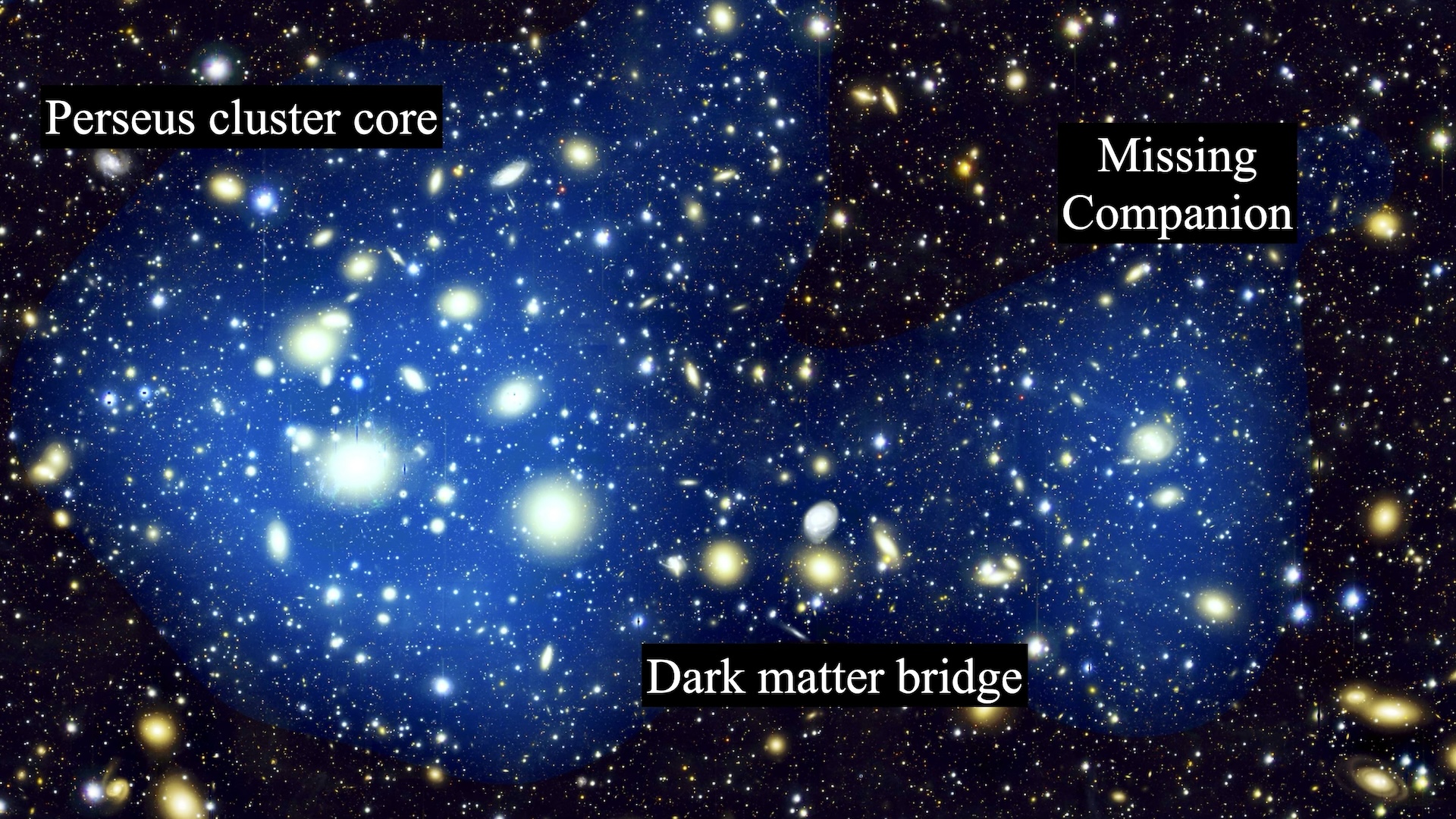





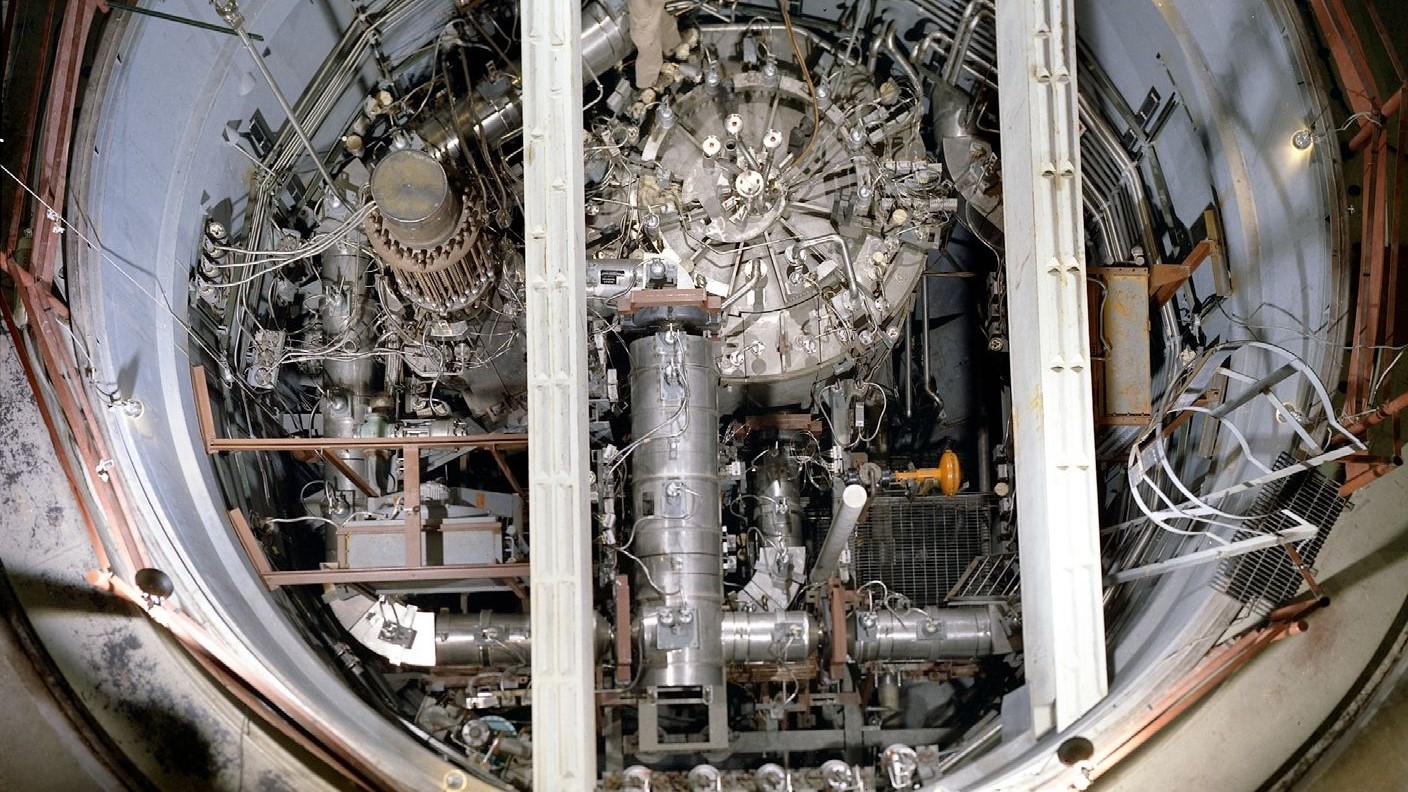

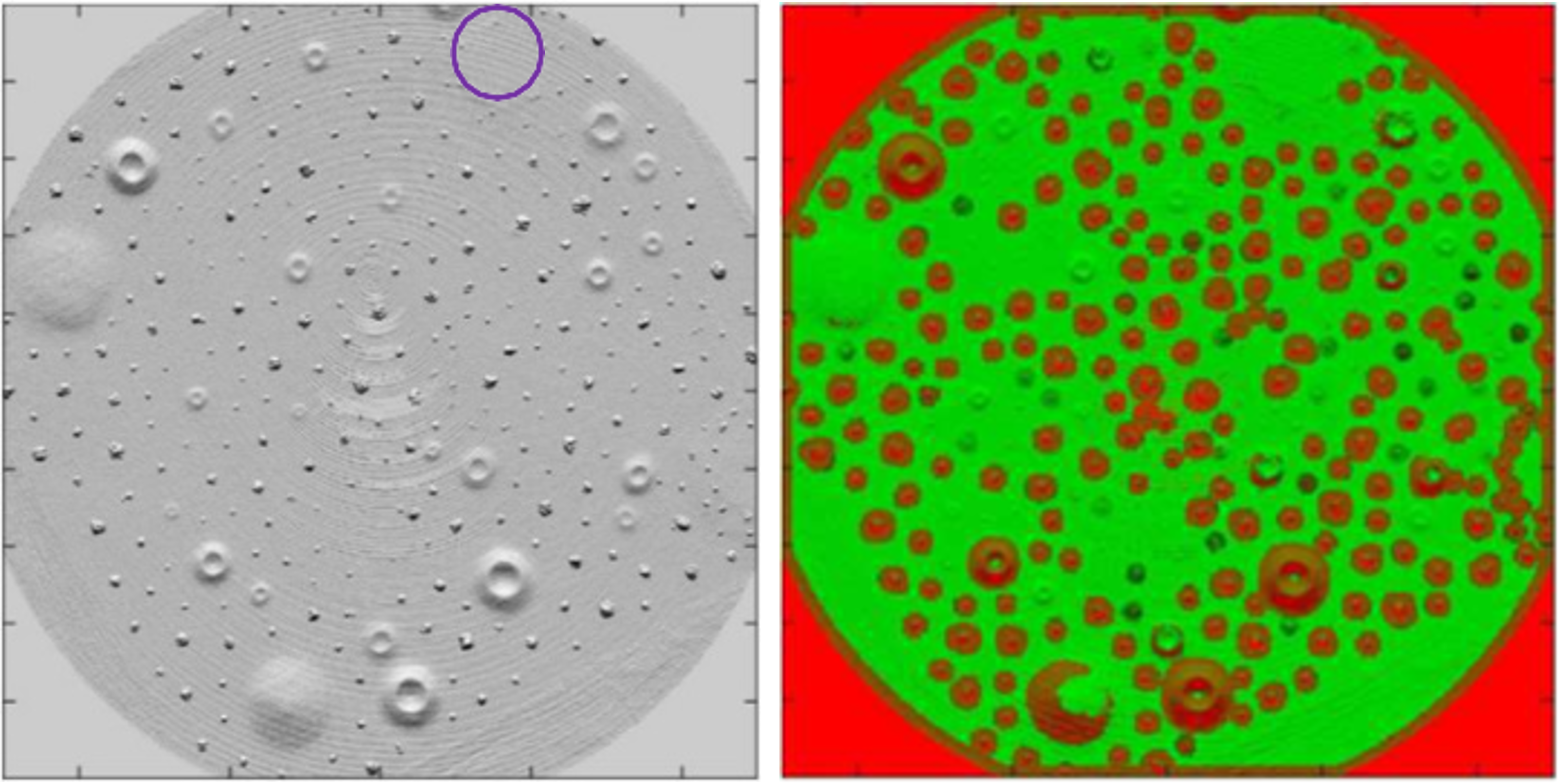





































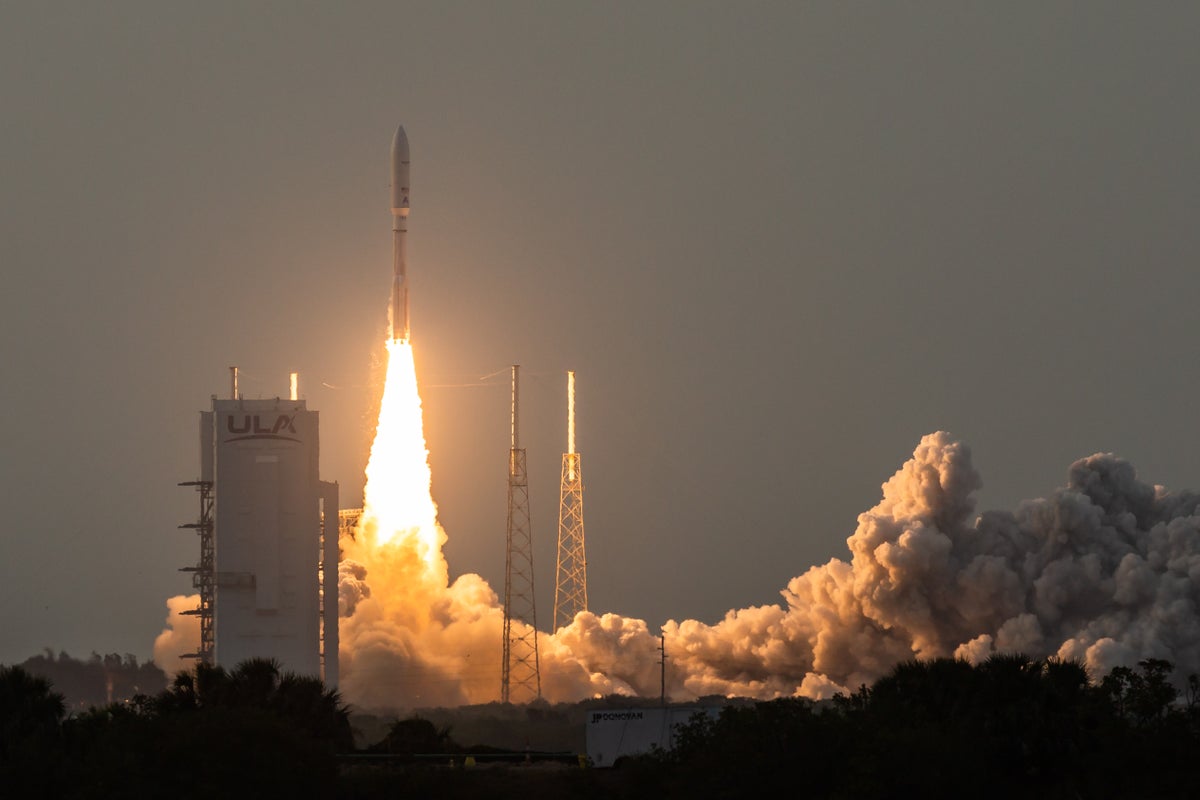


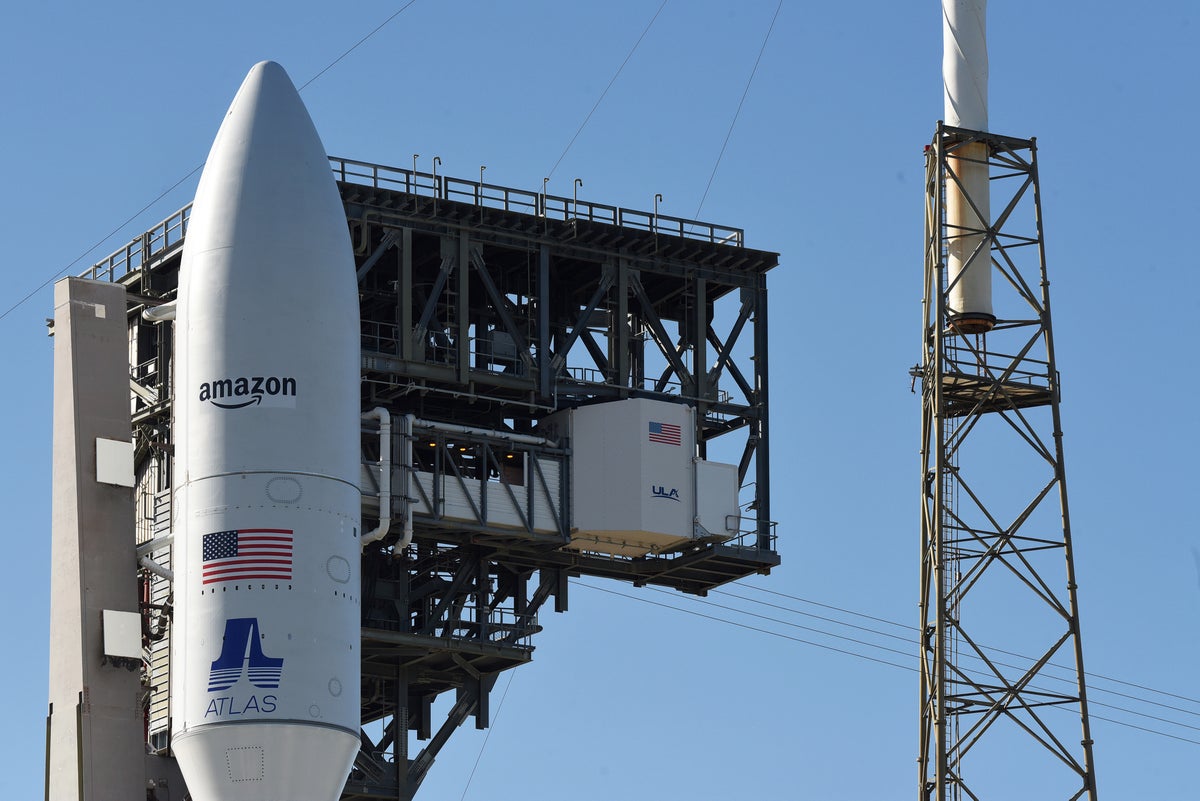
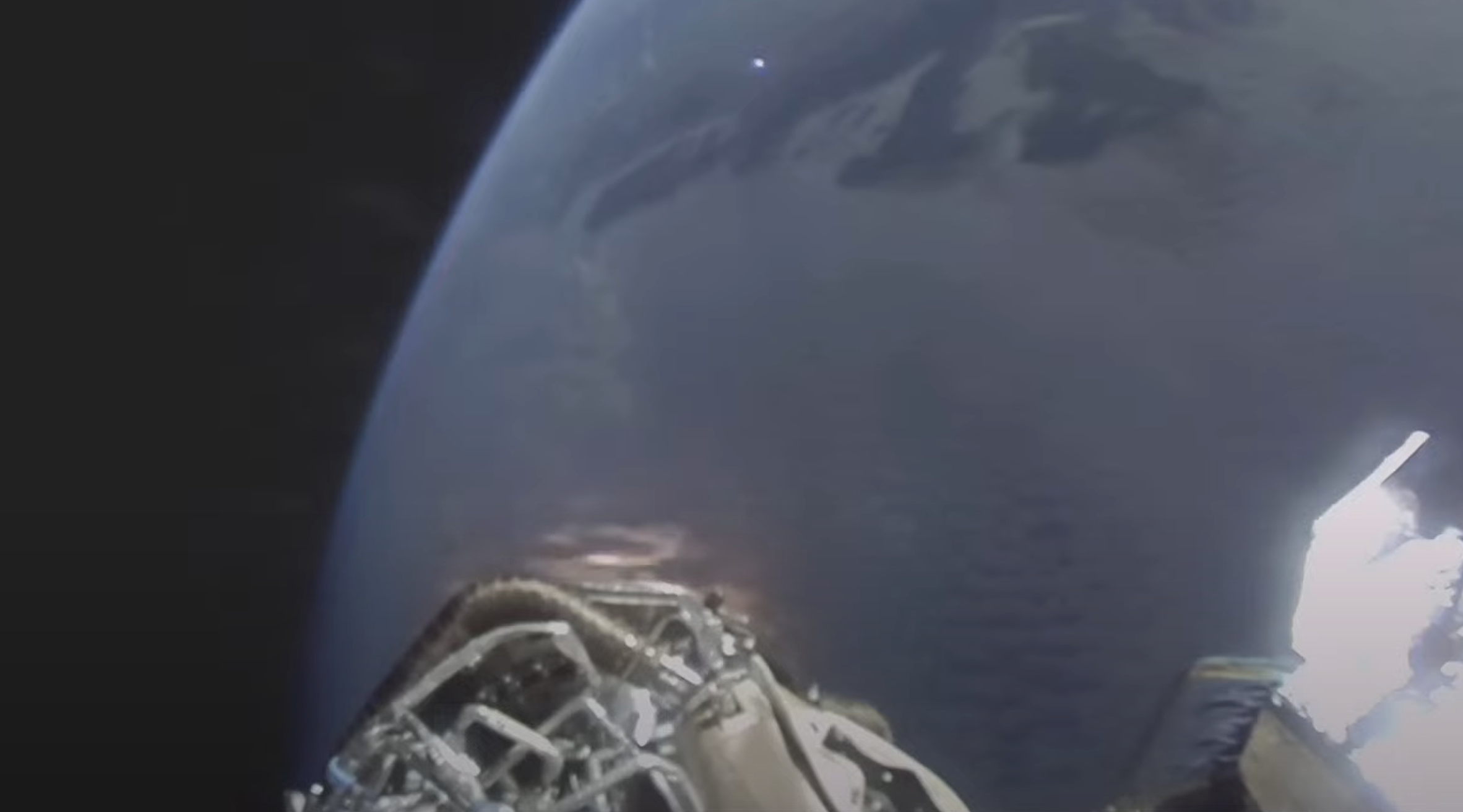

























.jpeg?#)







